Our nation's energy system is heavily dependent on information networks for operational reliability. Facing more dynamic behavior by electric loads at scale, the grid's operators, automated logic and--in the near future--artificial intelligence feeds on increasingly rapid timescales to manage grid assets and maintain stability. At the same time, grid-connected devices are producing and exposing more data than ever before. In fact, the next-generation power grid will be an information network as much as it is an energy network.
Increasingly distributed networked grid assets present a broader attack surface for adversaries to exploit. Cyber incidents can interrupt the grid, damage highly specialized equipment, and threaten human health and safety. Modernizing communications and control systems to support end-to-end information security for real-time operations--from the edge of the control center and back--it's essential to ensure the efficient and reliable operation of the electrical power system in a complex and dynamic risk landscape.
The Office of Electricity's Grid Cybersecurity and Communications program aims to meet these challenges by researching, developing, testing and demonstrating how to build information security into grid architecture, technologies, networks and components. The portfolio is aligned across two complimentary program areas:
- Secure Communication Networks
- Grid Technology Cyber Resilience
Secure Communications Networks
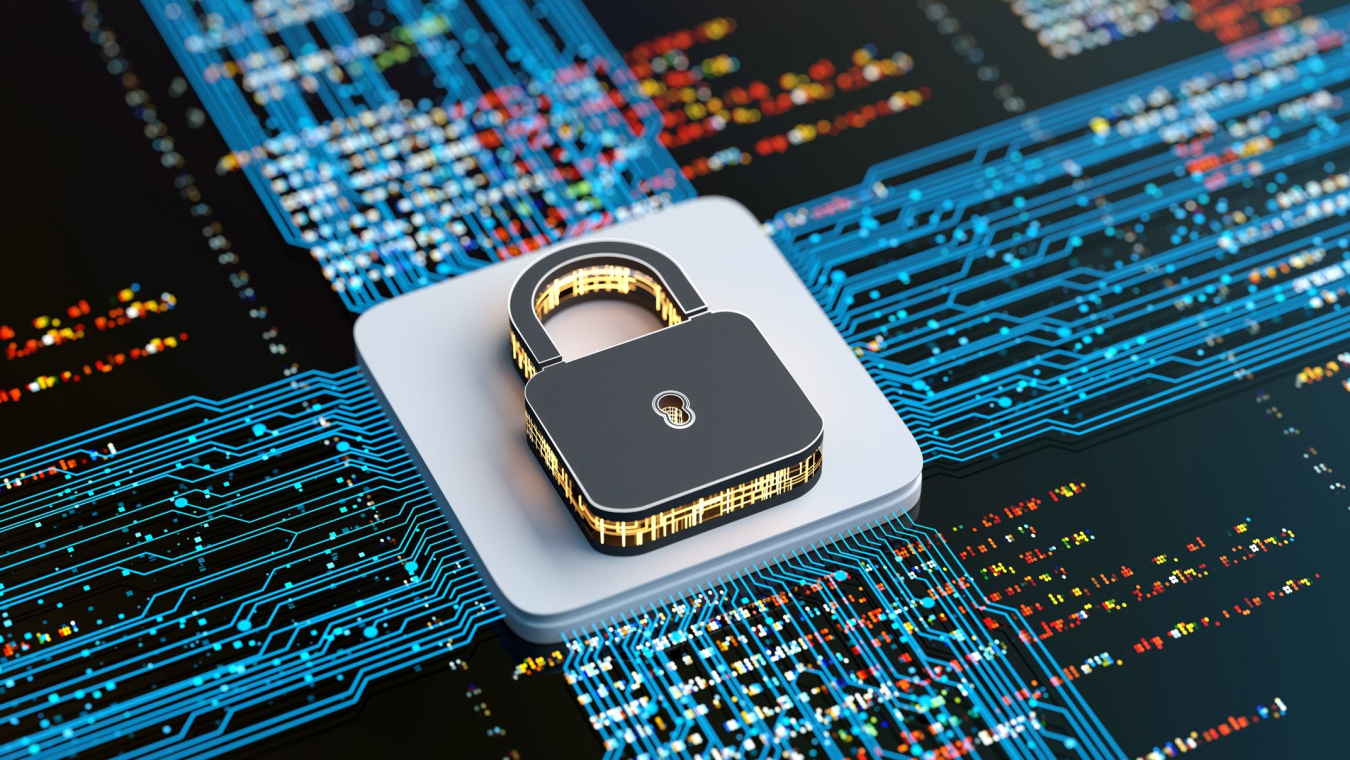
This program focuses on protecting the flow of data across the electric grid--making sure critical information gets where it needs to go, even when systems are under stress or attack. We're developing the next generation communication systems that can detect, reject and withstand disruptions, while helping grid operators quickly recover from them.
We're advancing technologies, such as:
- Resilient communication architectures that keep grid data moving during extreme events.
- Timing systems that ensure precise coordination across the grid.
- Spectrum and interference management to improve reliability.
New tools and testbeds that help utilities plan, build, and manage modern communication networks.

SPaRC
SPaRC focuses on securing the end-to-end communications pathways supporting the grid. The program provides a testbed environment for real-world experimentation, testing to failure, and collaboration between federal, academic, and industry partners.
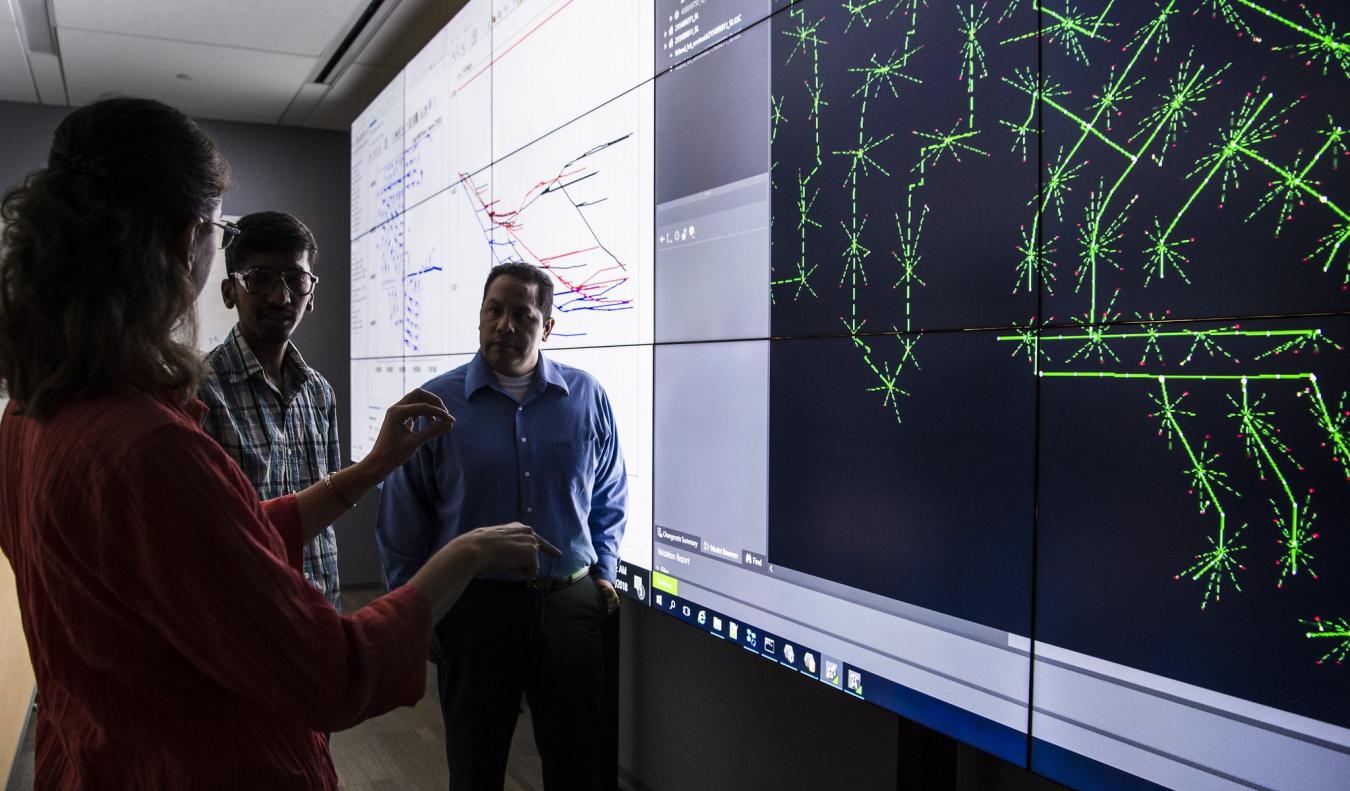
CAST
CAST focuses on precision timing, which is essential for synchronizing grid operations. By combining advanced timing technology with Global Positioning Systems (GPS) with terrestrial synchronization, CAST develops and validates alternative timing architectures to address vulnerabilities in existing systems, helping utilities achieve more robust and reliable power delivery.
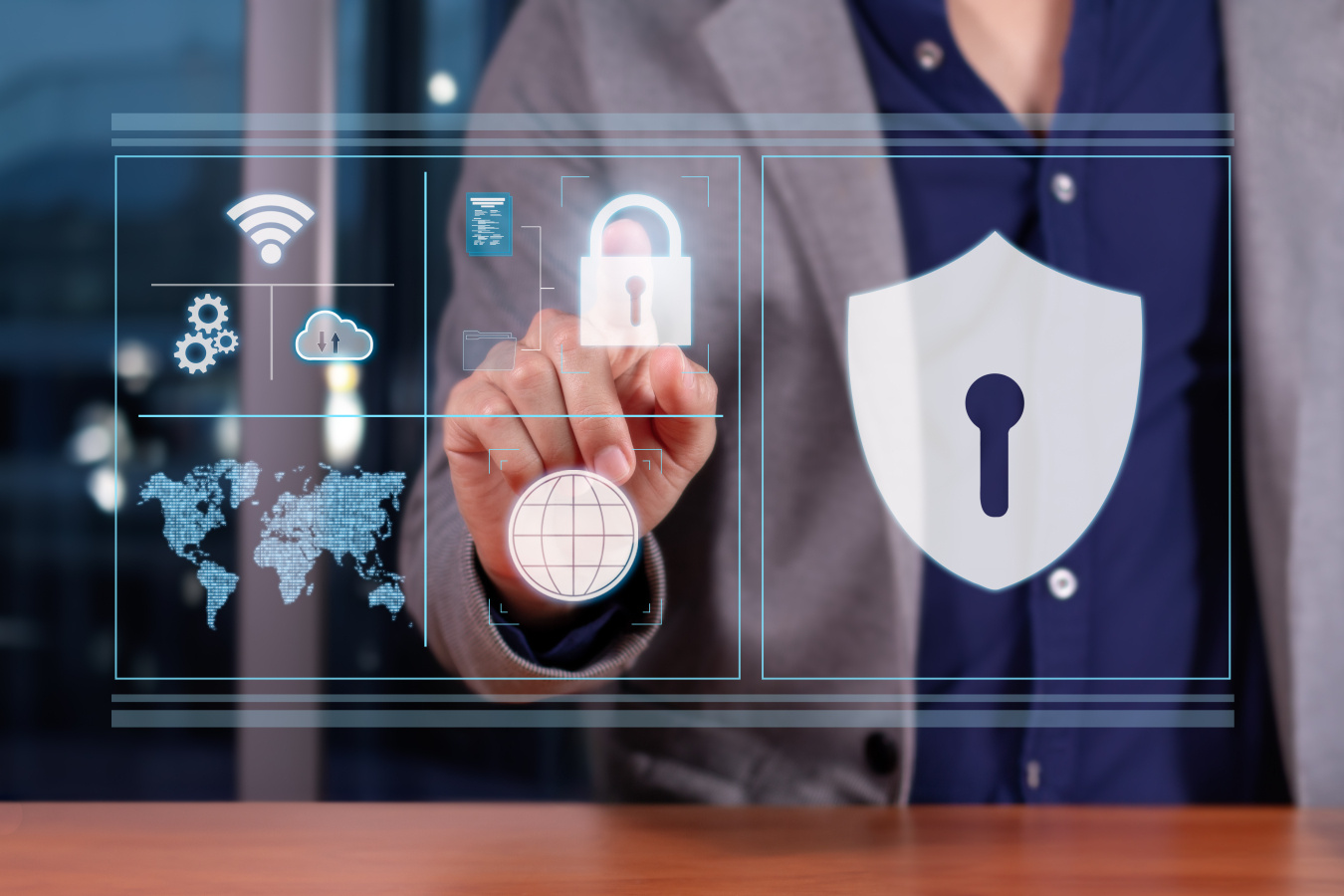
Grid Technology Cyber Resilience
As our grid becomes more digital, protecting data where it is created and used is more important than ever. This program area focuses on strengthening the cybersecurity of the grid’s digital and operational systems, ensuring data and control signals can’t be manipulated or disrupted.
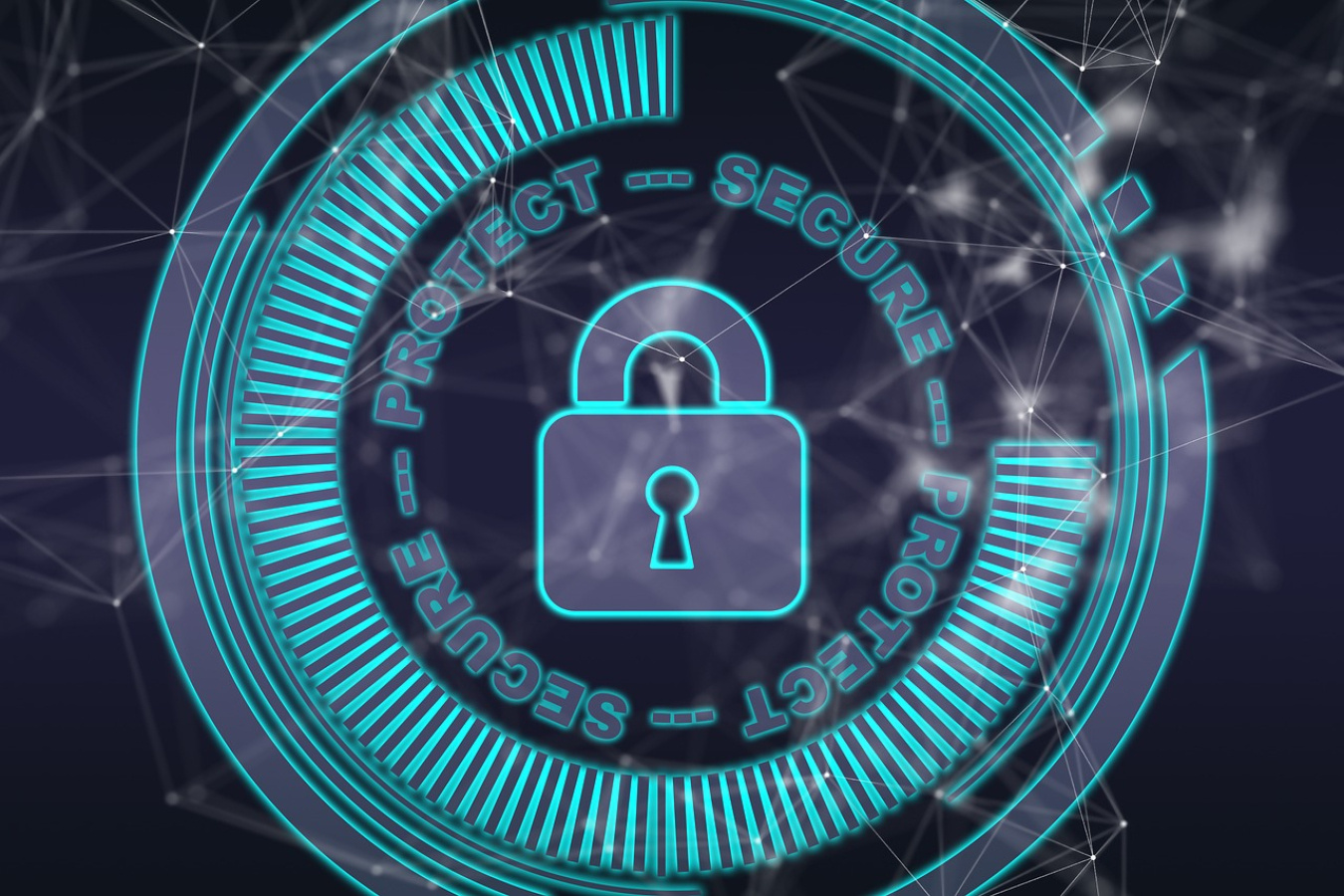
Research areas include:
- Cyber-resilient architectures for operational technology (OT) systems.
- Digital Twins and visualization tools for increased situational awareness.
- Opportunities to implement new technologies, such as distributed ledgers and artificial intelligence, in grid security applications.
- Next-generation interfaces that help grid operators detect and respond to threats in real time.
OE works closely with other DOE cybersecurity programs and industry experts to coordinate research and accelerate deployment of practical solutions. Ultimately, this work helps to ensure the U.S. electric grid remains secure, reliable, and affordable. Additionally, workforce development efforts address DOE’s broader mission to develop the next generation of cybersecurity professionals who will protect our nation’s critical infrastructure.
-
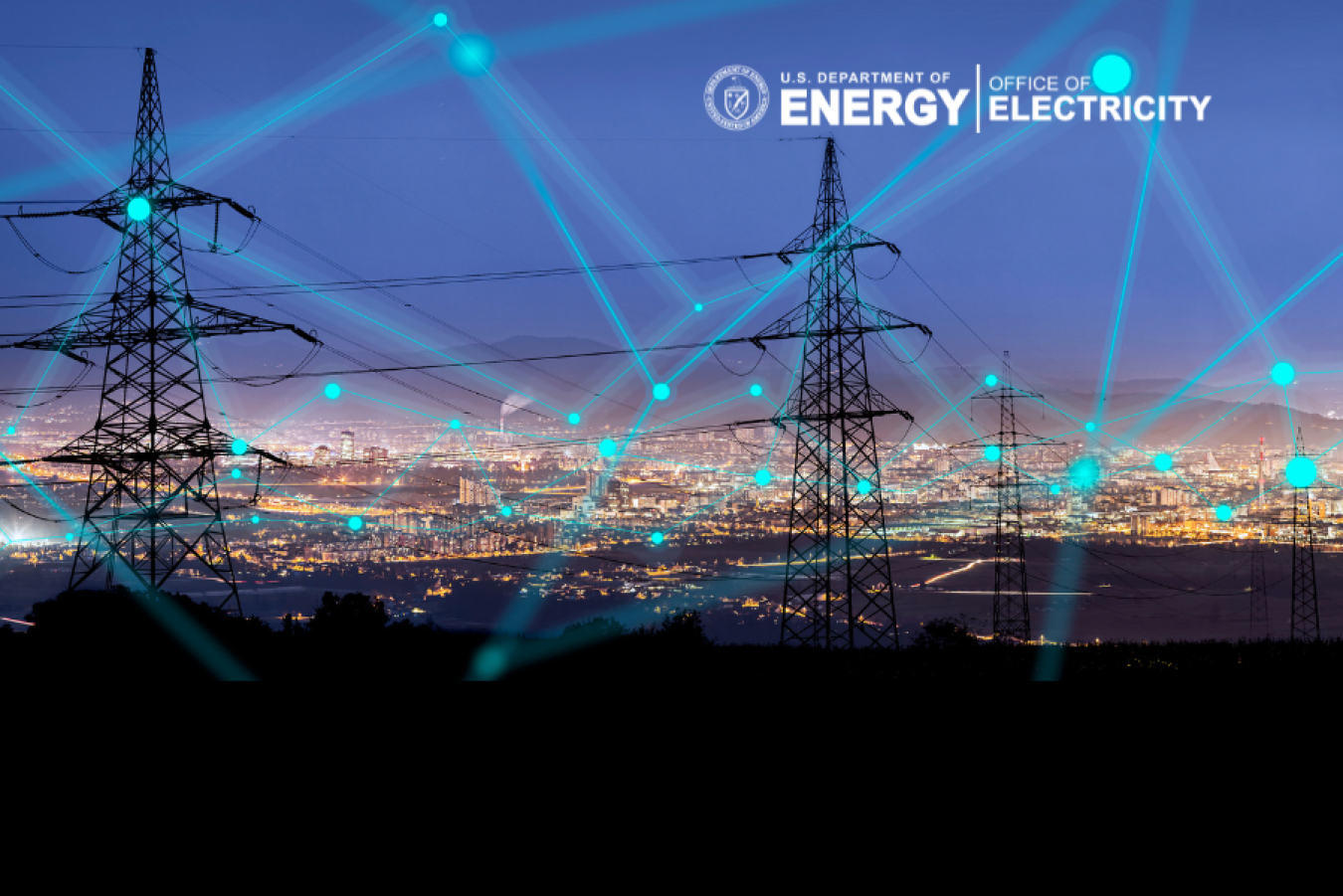
- Cybersecurity
- Distribution Grid/Distributed Energy Resources
- Electric Grids
- Energy Security
If I asked you to envision the electric grid, you would probably think of a big, complex, physical system with lots of steel, copper, and concrete: towers, wires, transformers, and power plants. -
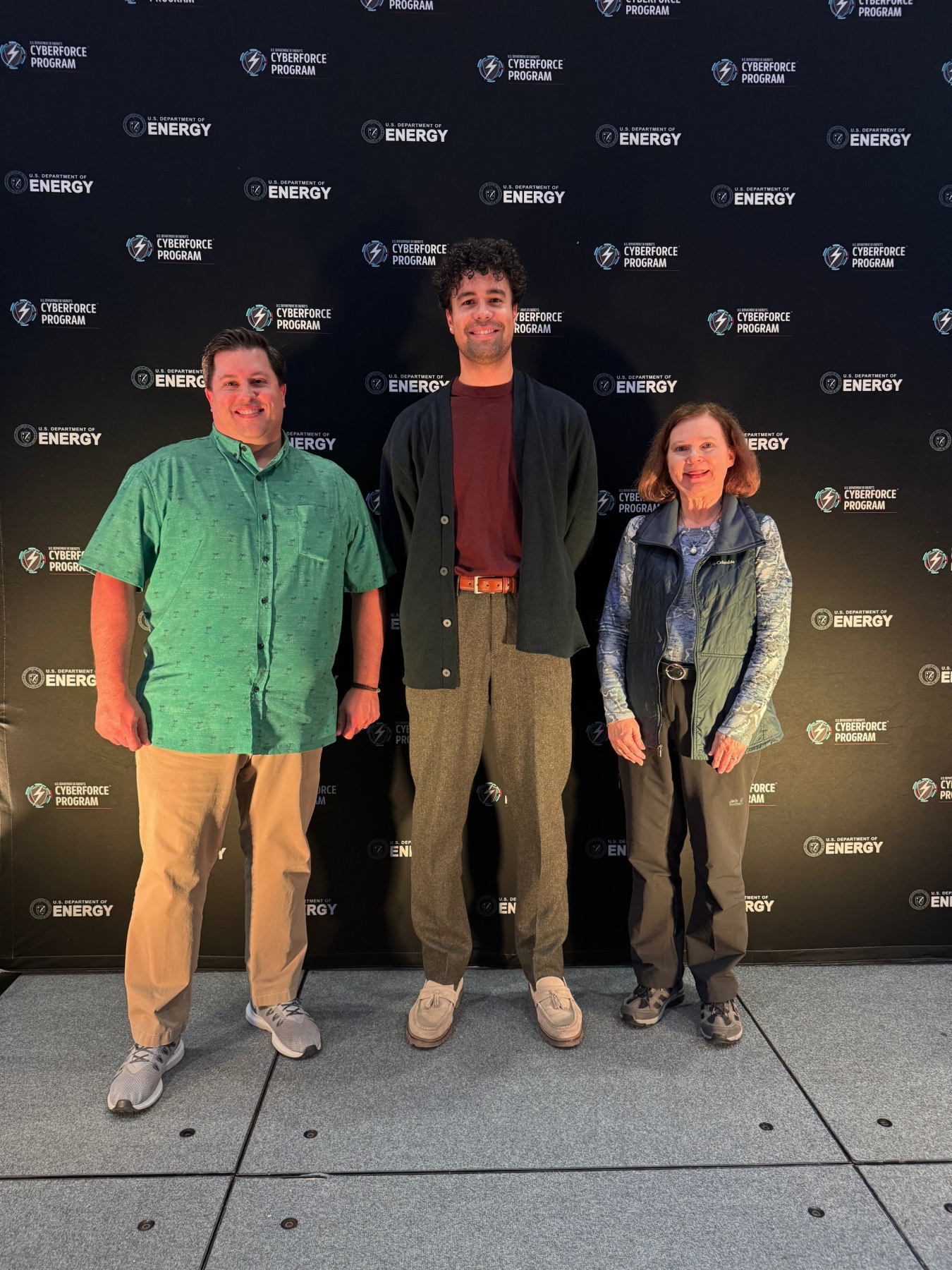
- Cyber Security
DOE's 10th CyberForce Competition in 2024 in St. Charles showcased the ingenuity of cybersecurity professionals. With 100, 5-person teams, the competition brought college students and volunteers together to tackle electric grid cybersecurity challenges.

